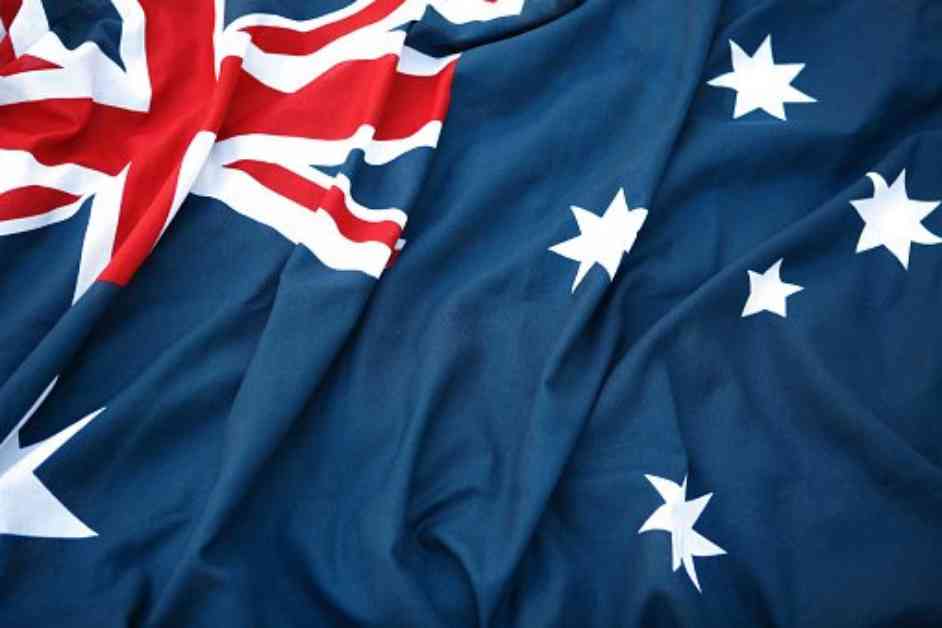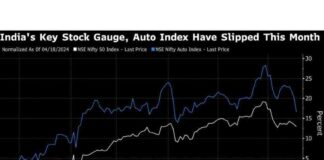Westpac Consumer Sentiment in Australia Sees Modest Increase Amid Stable Rates
Australia’s Westpac Consumer Sentiment Index experienced a slight uptick in August, rising by 2.8% mom to reach 85.0. This increase, although modest, brought a sense of relief to consumers following the Reserve Bank of Australia’s (RBA) decision to keep interest rates unchanged. The combination of steady rates, tax cuts, and other fiscal measures contributed to the positive sentiment observed in the latest index report.
According to Westpac, the rise in consumer sentiment can be attributed to a “small sigh of relief” felt by the Australian population. The decision by the RBA to maintain interest rates at their current level alleviated concerns about potential rate hikes in the near future. Additionally, the impact of recent tax cuts and other economic stimuli provided a boost to consumer confidence, albeit within the context of ongoing economic uncertainties.
Despite the marginal increase in the index, Westpac noted that consumer sentiment remains historically weak, staying within the 78–86 range that has persisted for over two years. This long-standing trend reflects a level of cautious optimism among consumers, who continue to express concerns about the rising cost of living and the potential implications of future rate adjustments. These persistent worries continue to “weigh heavily” on sentiment, limiting the extent of the improvement seen in the latest report.
Challenges and Concerns Facing Australian Consumers
The sustained weakness in consumer sentiment points to a range of challenges and concerns that are impacting the Australian population. One of the key issues highlighted by Westpac’s analysis is the rising cost of living, which has been a consistent source of anxiety for households across the country. Factors such as increasing housing prices, utility costs, and everyday expenses have contributed to a sense of financial strain among many Australians, affecting their overall confidence in the economy.
In addition to cost-of-living pressures, the prospect of future rate hikes has also been a significant source of worry for consumers. The uncertainty surrounding interest rate movements and their potential impact on borrowing costs, mortgage repayments, and overall financial stability has created a sense of unease among households. This apprehension is further compounded by the broader economic challenges facing Australia, including sluggish wage growth, global trade tensions, and geopolitical uncertainties.
As consumers navigate these complex economic and financial dynamics, their sentiment is likely to remain tempered by a mix of optimism and caution. While positive developments such as tax cuts and stable interest rates can provide temporary relief, the underlying challenges of cost pressures and economic uncertainty continue to pose significant hurdles for Australian households. As a result, the path to sustained improvement in consumer sentiment may require a combination of policy measures, economic reforms, and supportive initiatives aimed at addressing the root causes of consumer concerns.
Outlook for RBA’s Next Meeting and Monetary Policy
Looking ahead to the RBA’s next meeting scheduled for September 23-24, Westpac anticipates that the data flow leading up to the meeting is unlikely to yield significant new insights into inflation trends. With the central bank having already ruled out near-term rate cuts, it is expected that the RBA will maintain its current interest rate at the upcoming meeting. This decision reflects the RBA’s cautious approach to monetary policy, balancing the need to support economic growth with concerns about inflationary pressures.
The RBA’s stance on interest rates and monetary policy is expected to be influenced by a range of domestic and global factors, including the ongoing trade tensions between major economies, the performance of key economic indicators such as employment and inflation, and the evolving dynamics of the housing market. As the RBA continues to monitor these developments, its decisions will be guided by a commitment to maintaining stability and supporting sustainable economic growth in Australia.
In the context of the current economic environment, the RBA faces a delicate balancing act in managing monetary policy. While the recent stability in interest rates has provided a degree of certainty for consumers and businesses, the broader economic challenges facing Australia require a nuanced and strategic approach to policy-making. By carefully weighing the risks and opportunities presented by domestic and international developments, the RBA aims to foster a supportive environment for economic activity while safeguarding against potential risks to financial stability.
In conclusion, the modest increase in Westpac Consumer Sentiment Index reflects a delicate balance of optimism and caution among Australian consumers. While positive factors such as stable interest rates and fiscal measures have contributed to a sense of relief, underlying concerns about the cost of living and future rate hikes continue to shape consumer sentiment. As the RBA prepares for its next meeting, the focus will be on maintaining stability, supporting economic growth, and navigating the complex economic landscape with prudence and foresight.






















